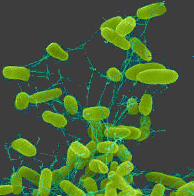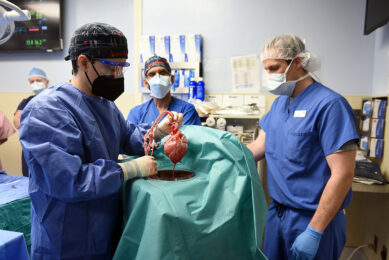EFSA evaluates Salmonella contamination of slaughter pigs

EFSA’s Task Force on Zoonoses Data Collection has published an analysis of the risk factors related to Salmonella in slaughter pigs within the European Union (EU).
Whilst the results revealed that Salmonella infected pigs were more likely to lead to Salmonella contaminated carcasses, these could also come from uninfected pigs. Moreover, the Salmonella carcass contamination was more likely to happen in some slaughterhouses than in others.
The report will serve as a scientific basis to assist Member States in defining the best control measures for reaching the Salmonella reduction targets to be defined by the European Commission.
EFSA’s Task Force recommended that Member States and the EU pig industry pay specific attention to preventing Salmonella spread within slaughterhouses, as they proved to have an important role in the contamination of pig meat.
The Task Force noted that control measures at the pig farm level would also be necessary for reducing Salmonella occurrence in pigs and pig meat and that consideration should be given to integrated control programmes covering both farms and slaughterhouses.
The analysis revealed some similarities between the Salmonella types most frequently reported in humans and those found in slaughter pigs, indicating that pigs and pig meat do contribute to Salmonella infections in humans, though other animal species and food can also be a source for infection in humans.
Some factors related to Salmonella infections were found to vary considerably between countries.
©











